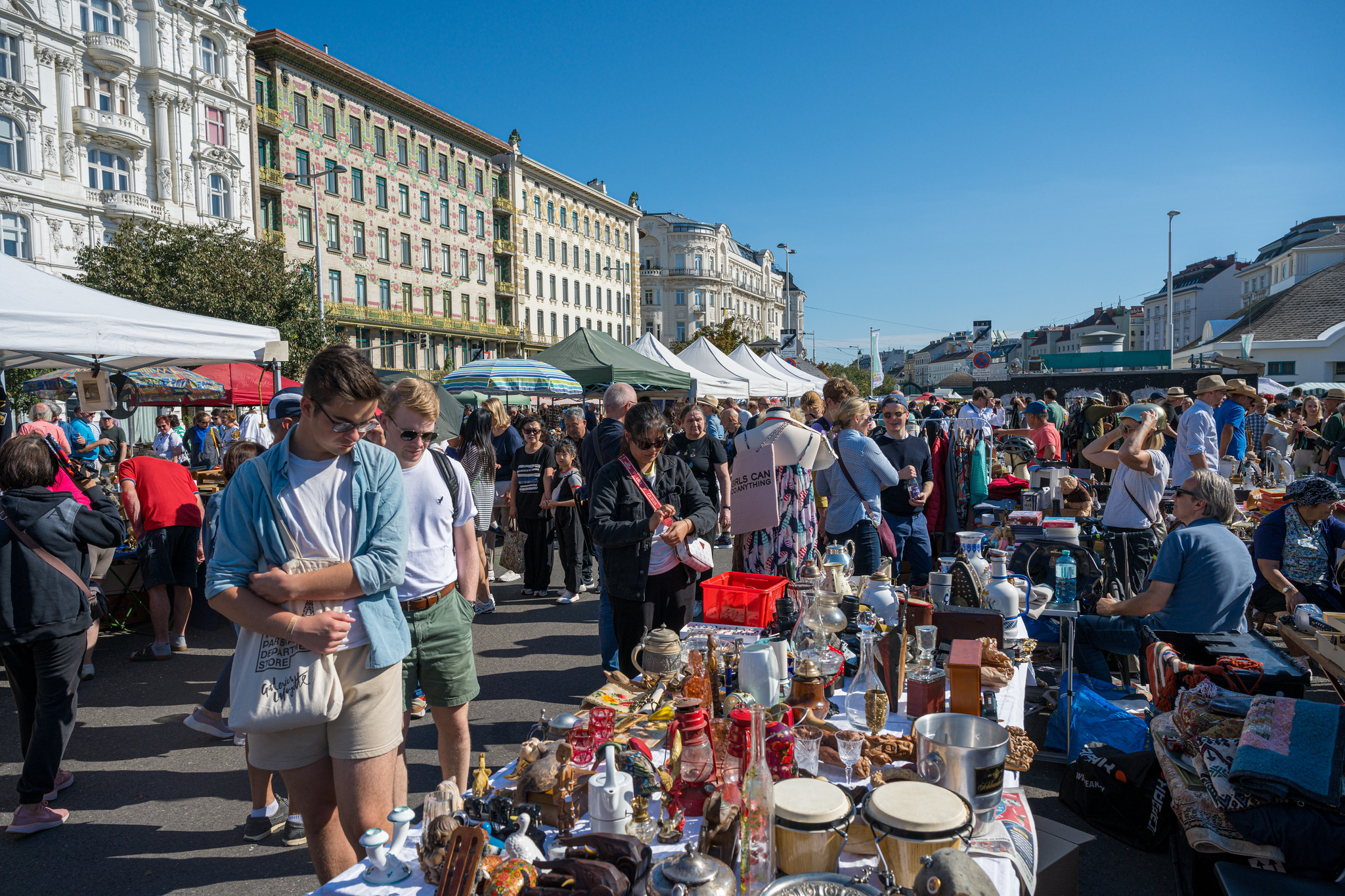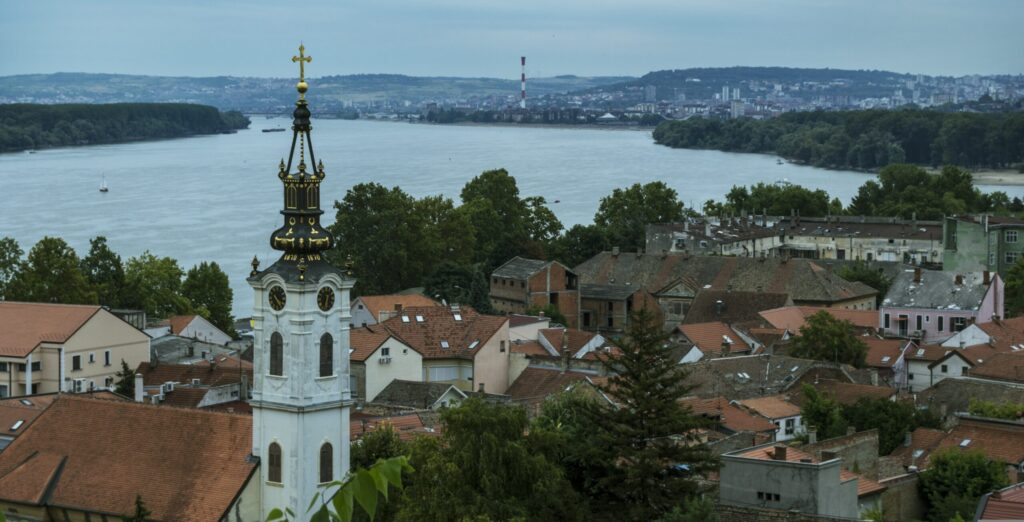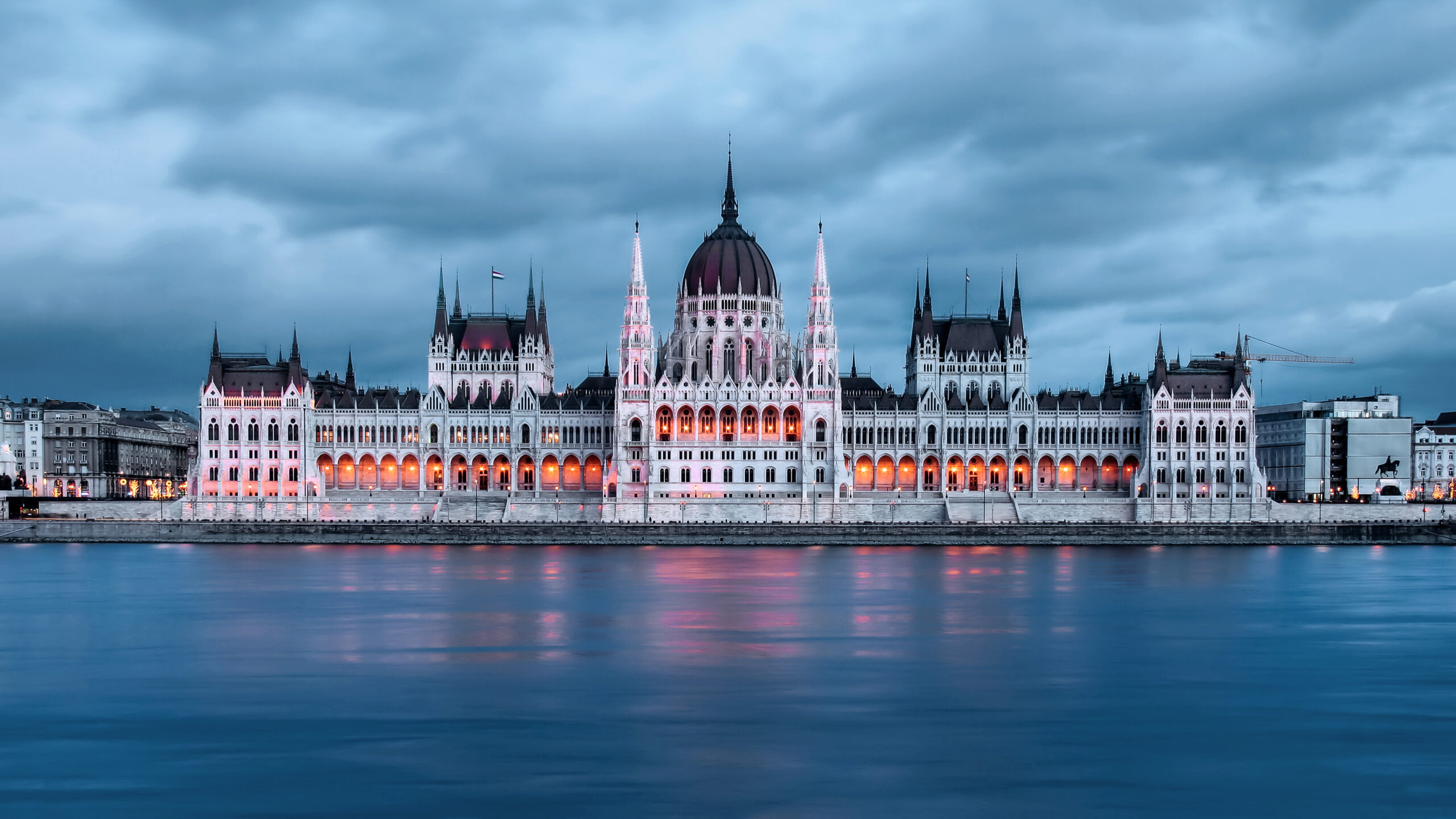

The Habsburg Empire tried to conquer Belgrade from the Ottoman Empire several times: in 1688, in 1717, and then again in 1789. 1717 was the only time the Habsburgs retained long-term control over Belgrade, and between 1717 and 1739, Belgrade became the capital of the semi-autonomous Kingdom of Serbia within the Habsburg Empire. Although brief, Habsburg rule over Belgrade rapidly changed the city in just a few decades. Dr. Vesna Bikić works at Belgrade’s Archeological Institute and edited the monograph “Baroque Belgrade: transformation 1717-1739.” We asked her what Belgrade was like during the short, dynamic years of Habsburg rule.
How did the Habsburg Empire affect Belgrade during the time of its short rule, from 1717-1739? Even though the Ottoman Empire reconquered the city in 1739, can you still see traces of the Habsburgs today on the streets of Belgrade?
During that time, Belgrade was one big construction site. The urban layout, architecture, and even population were completely transformed, leading to a transformation in culture and everyday life as well. One of the conditions of the Treaty of Belgrade in 1739 was that the Ottomans would systematically demolish everything newly built during the Habsburg period, which means that very few traces of that period are left today. In today’s urban structure it is very hard to find traces of that time’s baroque city-in-progress. For example, the location of the neighborhood fortifications are visible in the routes of Kosančićeva Street, Topličini Venac, and Obilićev Venac. The network of what used to be the main roads is on the location of modern day Cara Dušana Street and Kralja Petra street. At 10 Cara Dušana Street is the only surviving building from that time (there was a row of seven). It is a typical Central European merchant’s house, which had shops with workers on the ground floor, and the owner’s apartment on the upper floor.
You mentioned the demographic changes of Belgrade during the Habsburgs. Many of the changes were related to the military, since Belgrade was an important frontier town. While Belgrade was under Habsburg control, did civilians from other parts of the empire move in, or did most of the new population have military ties?
The Habsburg conquest of Belgrade led to significant demographic changes. After 1717, almost all of the Turkish population moved out of Belgrade. As part of the politics of colonization, the empire encouraged German migration, not just from Habsburg territories, but also from other regions, mostly from Alsace, Lorraine, and Worms. Then, there were waves of migration of Hungarians, Czechs, Italians, and even the French. All of them settled in the Danube Quarter (now Dorćol) in abandoned Turkish houses. They were usually poor people that followed the army, merchants and craftspeople, and war veterans. Serbs remained in the Sava Quarter (which roughly corresponds to the area today between the Cathedral and the Sava River).
Besides material changes in the form of new buildings, what changes did the Habsburgs make in Belgrade society during their rule?
Because of its important geopolitical location, Belgrade under the Habsburgs remained the economic and cultural center of the region, just as it was under the Ottomans. It also became a key point from which the Habsburgs spread European cultural norms throughout Belgrade society of the time and beyond. These norms were completely different compared to Balkan culture and traditions.
The Habsburgs brought new needs (and indulgences) in terms of housing, hygiene, and health, and there were noticeable changes in consumer habits. A good example is the new culture of mealtime. The Habsburgs popularized new methods of preparing and serving food, with new rules about dining with separate utensils and using dining services that contained dishes of different shapes and sizes specialized for certain types of food. We shouldn’t forget new types of sweets, desserts, and cakes. Bakeries opened that made new types of pastry, including medenjaci, a regional form of gingerbread, and belo pecivo, small pastries made of raised dough such as kifle (see picture).

There was also noticeable change in fashion, especially among the aristocracy. The aristocracy dressed according to the Hungarian style—men wore a hat with a feather, boots, and decorative sleeve buttons, while the main accessory was a ring, and by the end of the 18th century, a pocket watch with a massive chain. The accessibility of consumer goods made Belgrade part of Habsburg Central Europe. It adapted the multicultural concept of a European city, which it was supposed to become.
What was the importance of Belgrade for the Habsburg Empire, and how did its loss affect the empire’s further plans?
Due to its location in an extremely important geographic position, Belgrade was very important for the plans of the Habsburg Empire. It became the most important border fortress. It was important for military strategy because it was the starting point for further advancement of Habsburg armies to the south, and a key location for the defense of the Habsburg army’s fresh conquests and defending Christian Europe from the Ottoman Empire. Furthermore, Belgrade was the administrative center of the newly-founded Kingdom of Serbia, and the center for spreading the Roman Catholic faith and German culture among its Orthodox population.
According to the peace treaty signed in Belgrade on September 18th, 1739, the Habsburg monarchy had to return to the Ottoman Empire Serbia with Belgrade, Oltenia or Lesser Wallonia, and parts of Bosnia along the Sava River, which practically brought the border to the Sava and Danube Rivers. In Belgrade, all of the fortifications and buildings that the Habsburg Empire built were demolished—taking apart the defensive walls and Belgrade Fortress alone took six months. After the return of the Ottomans, the city regained its eastern appearance and its Turkish population (not just the previously expelled population, but also new residents). Almost all traces of Habsburg rule and Central European culture disappeared.
With the loss of the Kingdom of Serbia, the Habsburg Empire was forced to reorganize itself along the southern border. It did so by adding the territories to the north of the Sava and Danube Rivers to the kingdoms of Croatia and Hungary, tying them closer to its territories. In 1789, the Habsburg Empire had another offensive in parts of Serbia and conquered territory as far south as Kruševac and Aleksinac. However, that was temporary and the empire was forced to retreat already by the next year. After that, there were no new attempts.

How did the Habsburg presence immediately over the river in Zemun affect Belgrade society?
After the Peace of Belgrade in 1739, Zemun gained the status of a border city. In 1745, the Habsburgs founded Syrmia County (part of their reorganization of their southern territories). There was also renewed peace on the border, which made Zemun enter a population and economic boom thanks to migration. The old core of Zemun became a city neighborhood, planned according to the example of Central European Baroque cities (an octogonal network of streets, division into zones, a main street) and it kept those characteristics to this day. Along with that, the city achieved a good level of housing, communal services, and city institutions. Zemun was faster to accept modernization, the Enlightenment and its culture, values, and way of life and in terms of development became a real Central European city. Those values were then transported to nearby cities in the Ottoman Empire, above all Belgrade, which was the closest.



Start your journey in the Extinguished Countries!
Get a free chapter from our first guidebook “Republic of Venice” and join our community!